A formal analysis is a tool more commonly used by art historians but, it is useful to help us practice analyzing and speaking about composition.
Using the vocabulary and definitions from the Week 2 video lecture, describe the formal elements of your image. You may want to identify the figure ground relationship, or describe the negative space vs. the positive space. You may also want to describe the relationships between the values, hues and saturation of the various elements of your photograph.
Finally, analyze and describe the path your eye takes when viewing this image. What do you see first? Where does your eye go second? What holds your attention most after viewing this image for a while?
I took this photo along Mountain View Bay Trail. The Figure-Ground relationship is high. Obviously, the positive space is in the middle, and the top and the bottom portions of the picture are negative spaces. The dried yellow grasses separate the ground (the dark green field) and the figure (the transmission towers), and the power lines also separate the ground (blue sky) and the figure (transmission towers). In my opinion, the color temperature of this photo is cool. The law of Proximity can be applied to this photo. There are 3 sets of objects in the photo, and each pair has the different heights. The conformation of the transmission towers are straight lines and triangles, and interestingly, the short fences right underneath them are also formed by straight lines and triangles. The title of this photo is "Electricity" since we can see the busy movement of the electricity through the transmission towers and many power lines. The first thing I saw in this picture was two tall transmission towers in the middle and then two sets of towers on the side, and the last, I noticed the fences underneath the towers.
The Long Exposure Assignment
The Subject Clarity Assignment
This week, after reviewing the lecture, please practice taking images where the image is well- organized, and the subject is clear. What you take images of (portraits, street photography, still lives, cars) is up to you.
Please take 20 or more images, and then edit down to your 3 most successful images and post them below.
Each of the three images should not be similar- but should have distinctly different subjects and settings.
I, and your classmates will be critiquing your three images the following week.
Keep in mind, if the image is not embedded int he discussion post, I will not grade it: How to upload images to a discussion:
(Above) Due Wednesday the 13th of January. 10 points
(Below) Due the following Wednesday: 10 points
Please revisit the Subject Clarity Assignment and critique one of your classmates images by replying to their post. Please make sure to include the following:
- Identify which image you are analyzing. Give a brief written description of the subject matter, as well as the formal elements, and how they are arranged in the frame.
- In your judgement, what is the photograph of? What is the most important subject or relationship in the photography? What are the formal elements in the image to lead you to that conclusion?
- What do you like about the image? What aspects do you think are working especially well?
- What could be done to make the subject of this image clearer? What could be done to make this image better, in your judgement?
Hi Yash,
The photo that I'm going to analyze is the third one, and the subject matter is the bright yellow bee trap.
I guess besides the bee trap commercial, the bee trap rarely becomes the main object of the photo, and your arrangement really attracted my attention. The photo was well organized, and the bee trap clearly was the focal point and the first thing I saw when I looked at your photo. The positive space/the object is positioned in the middle of the picture, and the negative space/the ground is around it. The overall colors of this photo are yellow, green and brown. Even though the color of bee trap doesn't have the big contrast from its background, its distance to the camera and its texture makes it distinct from the ground behind it. It has a stable figure ground relationship.
What I like about this photo is that bees in the trap makes the picture livelier compared to a still live photo. Also, two branches in front of the bee trap form the cone shape, and it somehow matches with the shape of the inner part of the trap. The blurred background works very well to make the object clearer.
In my opinion, the object may be even more distinct if you use a simple background or more contrast colors. Putting complementary colors together will get the most hue contrast. At the same time, adding more colors from the color wheel will result in a more interesting picture.
The First Image Scavenger Hunt
Please shoot 30 (or more) images, aiming for 3 good examples (one for each):
- a good example of a monochrome color scheme
- a good example of a complimentary color scheme
- & a good example of an analogous color scheme
he Color Temperature Assignment Synopsis:
10 points : full credit/ half credit/ no credit
- Please shoot 30 images or more, and post your best 2 unique images.
- By unique- I mean that you have made significant changes between both images.
- An example of a set of images that are not unique would be this: You took one image very quicky, changed the angle of the next image, took another and submitted both images. This will result in a 5/10 for the assignment.
- By unique- I mean that you have made significant changes between both images.
- Everything in the frame should be white. Any color or dimension should be added by your choice in light sources.
- There should be 2 distinct light sources, with 2 different color temperatures. Both light sources and color temperatures should be visible in the image. If you can't see the distinction between your 2 light sources, neither can I.
- Both images should be interesting, thoughtfully composed images.
his week, I would like to make a photo essay consisting of 5 unique images.
What is a photo essay?
A photographic essay is a form of visual storytelling, a way to present a narrative through a series of images. A great photo essay is powerful, able to evoke emotion and understanding without using words. A photo essay delivers a story using a series of photographs and brings the viewer along your narrative journey.
Your photo essay can be on any subject. It could be about the color blue, a day in the life, street photography in San Jose, architectural studies. This is a chance for you to follow your own interests and give them a visual expression using photography.
You are also free to edit you images however you choose. They can be black and white, in color- whatever is available to you.
Minimum requirements for this assignment:
- Your should complete a total of 2 shoots minimum. Remember that in photography there is power in numbers. Plan to shoot a lot and edit down to your best 5 images.
- Your 5 images should be unique. What I mean by this is that no 2 images should look like they were shot at the same time, of the same subject. Each image should add something meaningful and new to your photo essay.









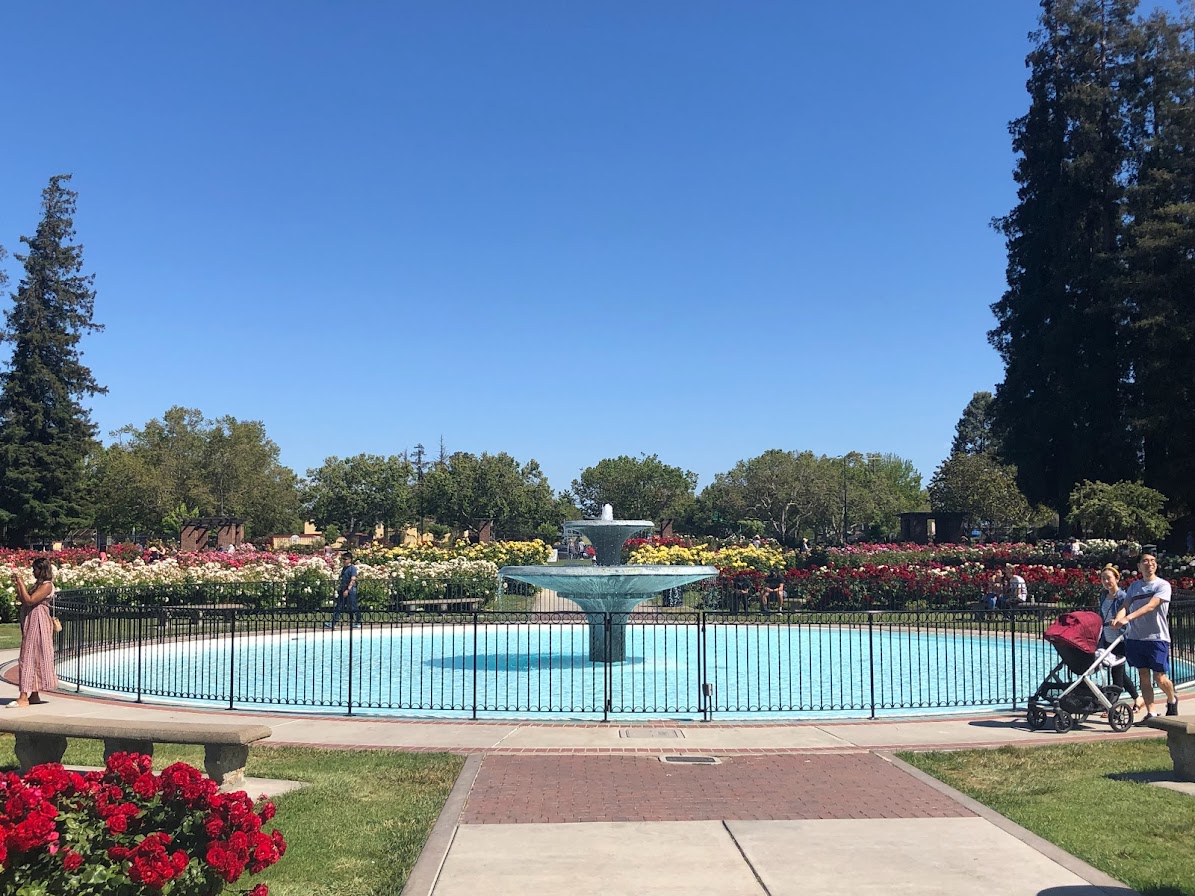
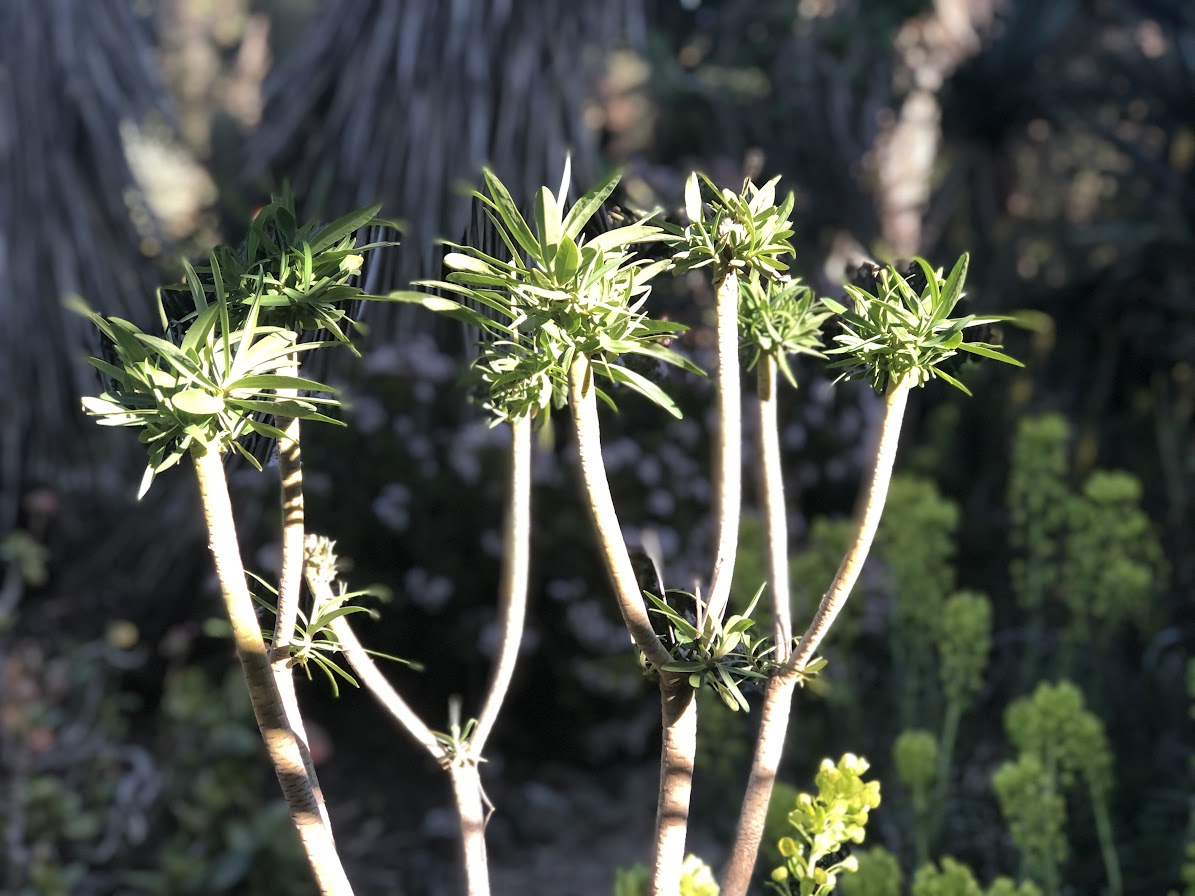

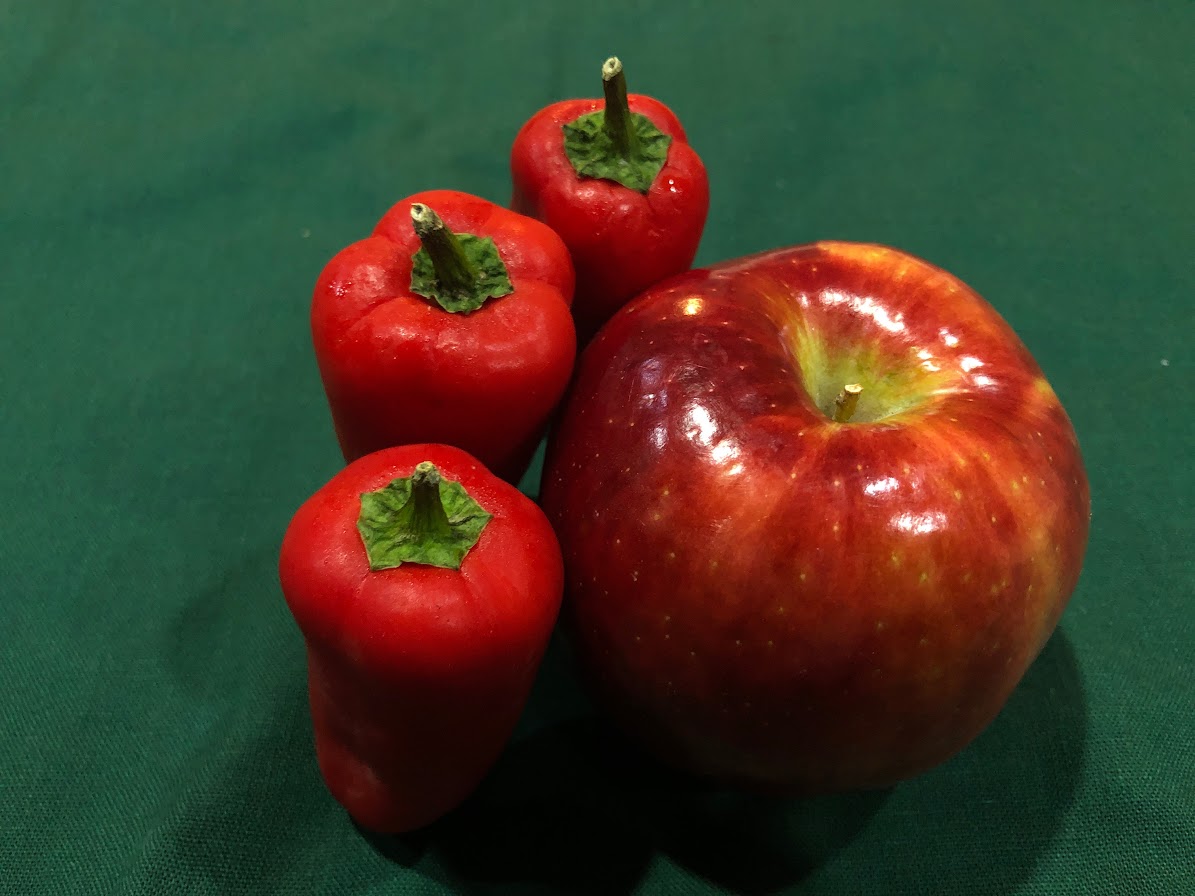



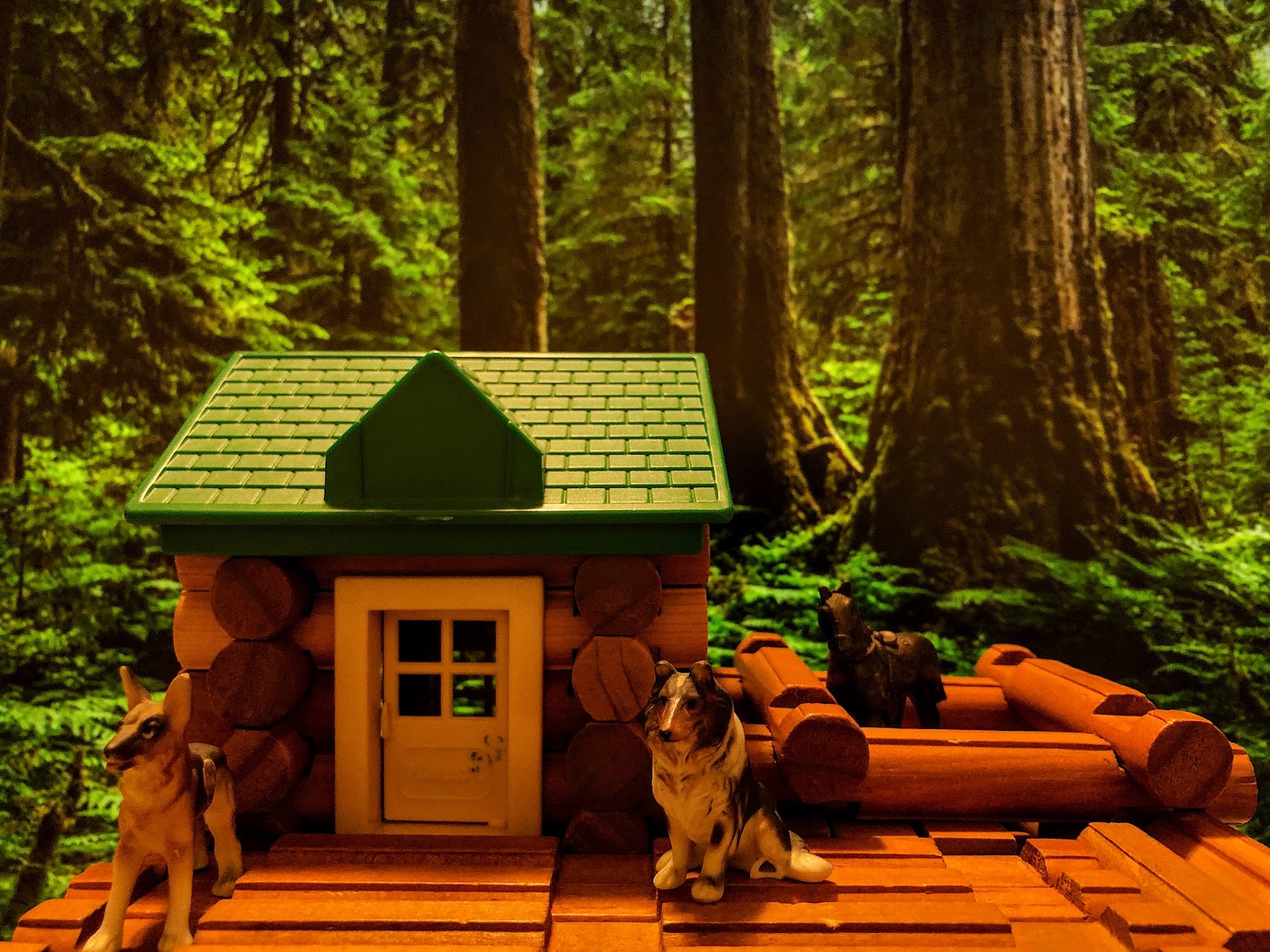



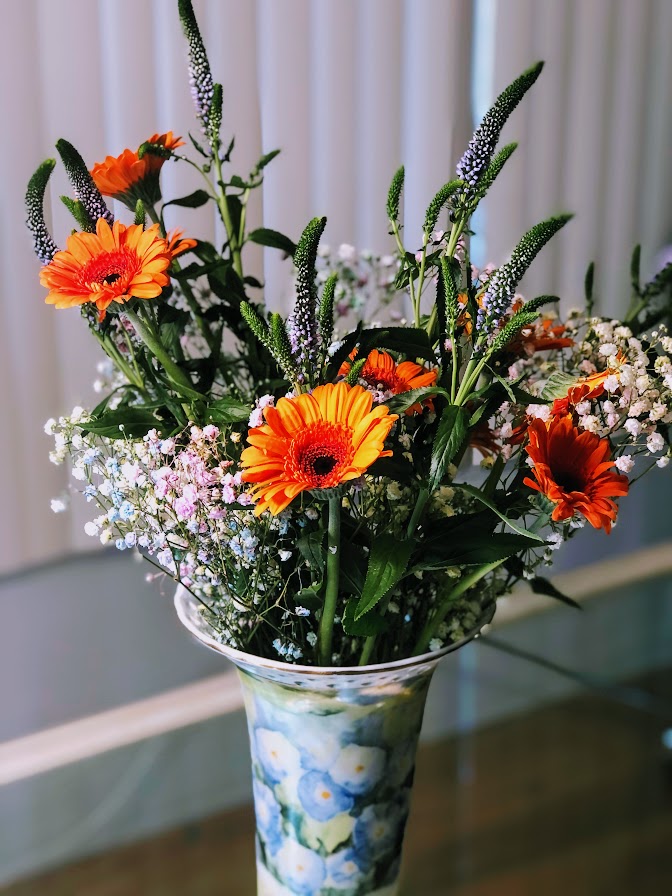


沒有留言:
張貼留言